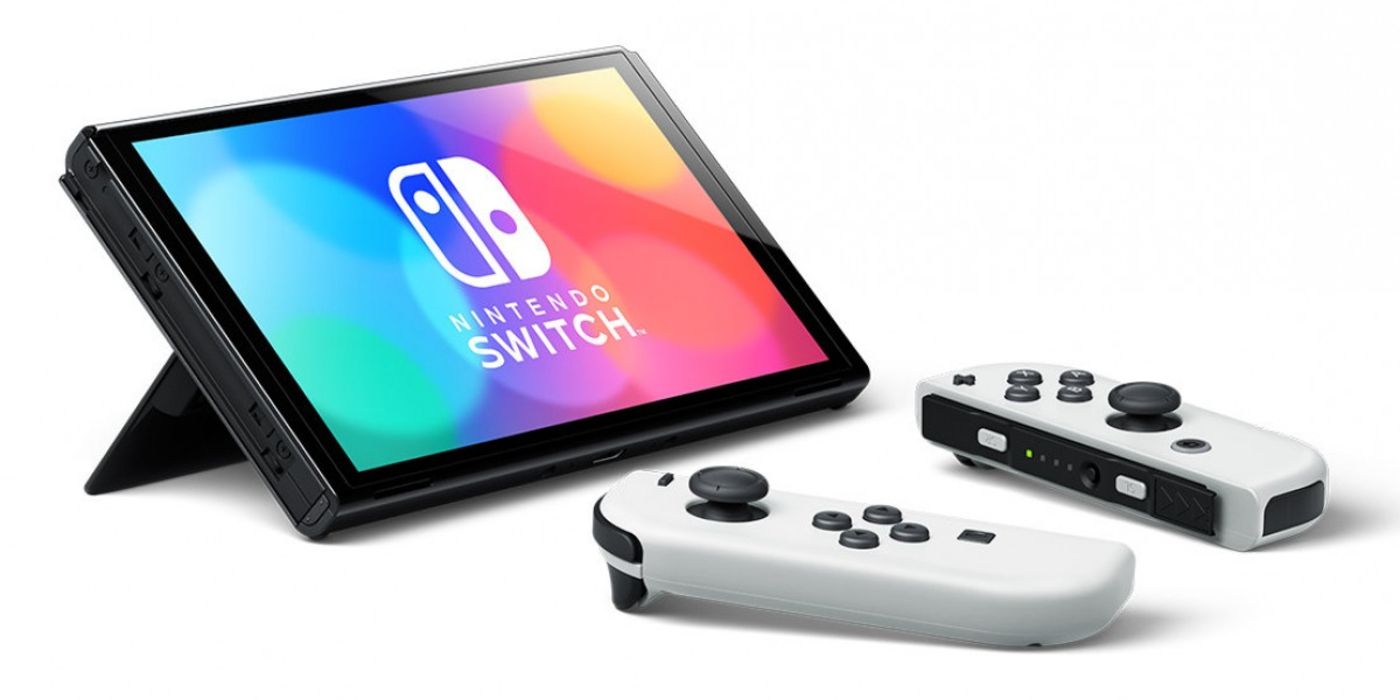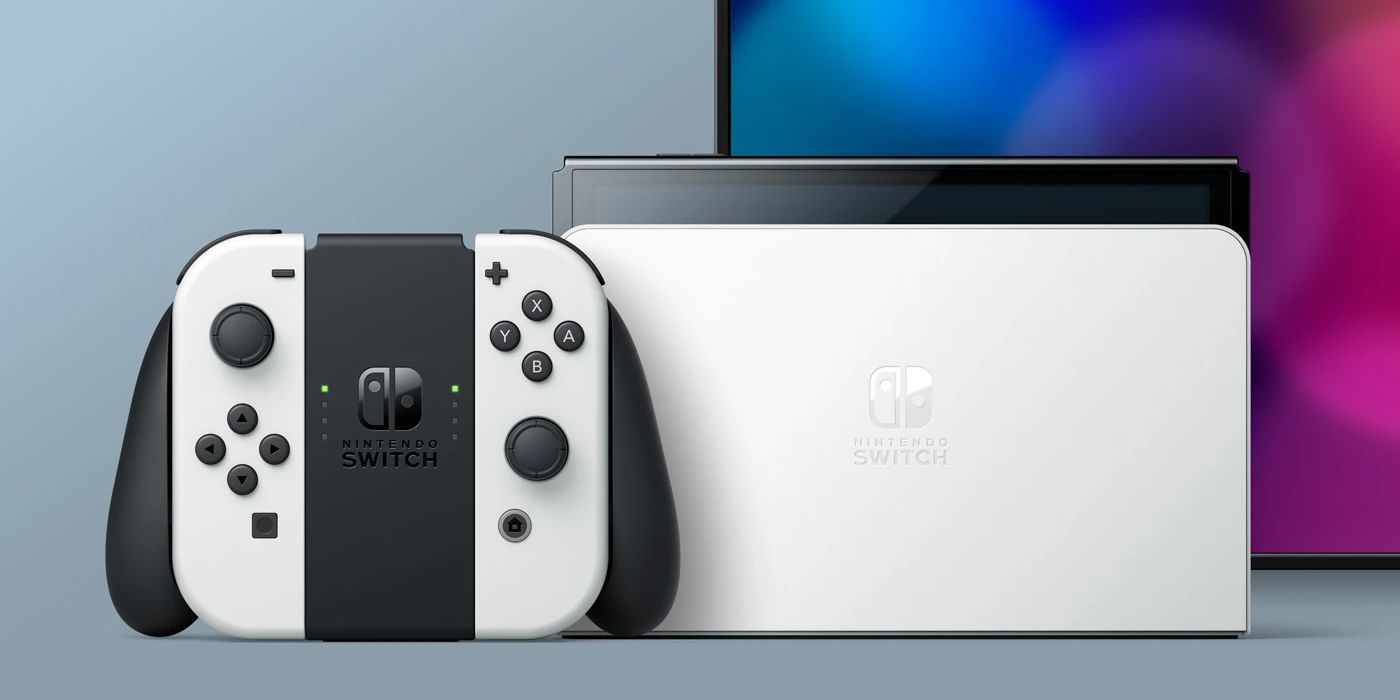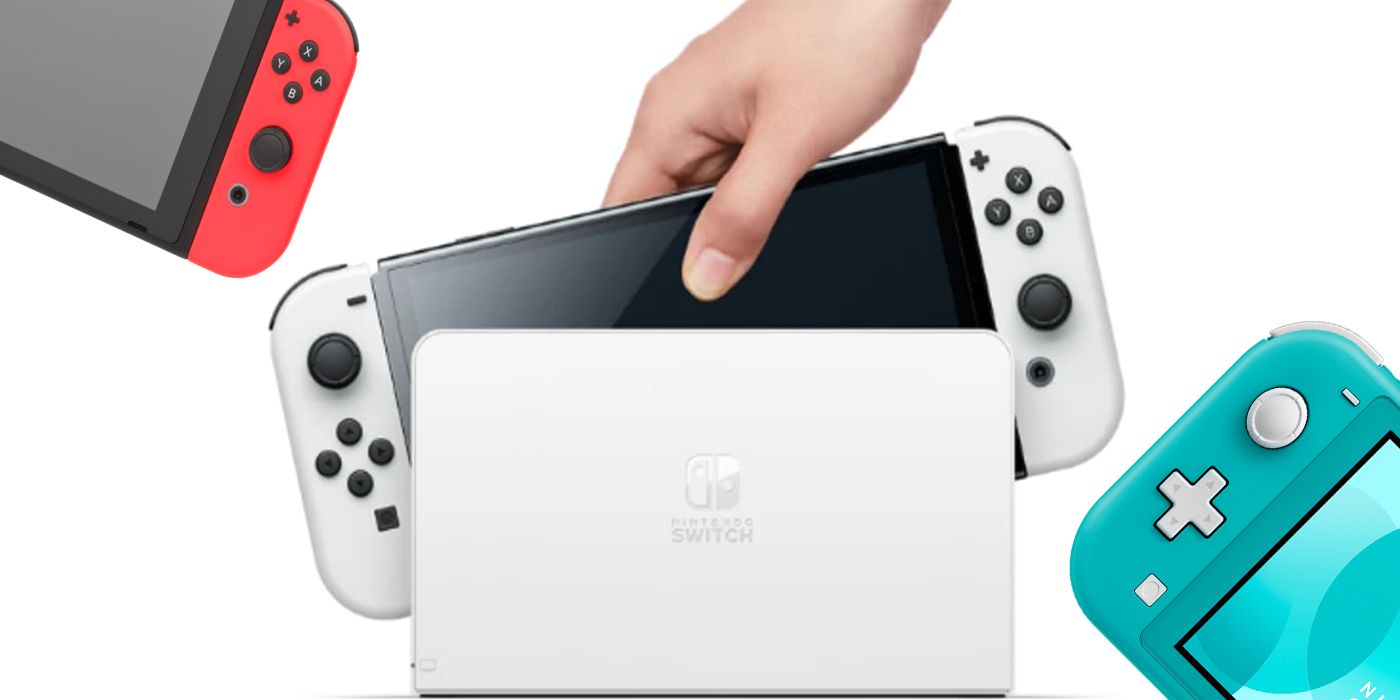After a long period of rumors and speculation, Nintendo finally unveiled a new model of the Nintendo Switch that sports an OLED screen. Alongside the better screen, the upcoming Switch model also includes tons of new features, making it a Pro version of the original console in all but name.
Luckily for fans of the Switch, the announcement of the Nintendo Switch OLED model also gave an overview of all the improvements alongside a release date of October 8, 2021. However, while the Nintendo Switch OLED model is a significant upgrade from its original counterpart, one can't help but notice some of the Pro features missing from the upcoming console.
A Better Battery Life
One of the key features of the Nintendo Switch is switching between a handheld device and a home console seamlessly. However, players who usually use their Switch on the go have to deal with keeping the device juiced up for as long as possible. Currently, the Nintendo Switch has a battery life of 4.5 to 9 hours, depending on the game running on the console. While that amount of time isn't exactly bad, it is worth noting that the OLED model will most likely consume more power, which could be problematic for players who primarily use the Switch on handheld mode.
Of course, it is yet to be seen just how long the Switch OLED model would compare to the original in terms of battery life until actual tests are performed. However, players should note that the new model uses the same 4.310mAh lithium-ion battery, so it is likely that the OLED version would have the same if not a shorter battery life than the original console.
Support for Bluetooth Headphones
One of the most significant shortcomings of the original Nintendo Switch is the lack of Bluetooth support for wireless headphones and earbuds. It is worth noting that the Switch has a Bluetooth chip inside it, primarily used to connect with the Joy-Cons. However, connecting Bluetooth devices such as headphones and earbuds is impossible on the Nintendo Switch without purchasing a third-party accessory.
Given the rise of Bluetooth headphones and earbuds today, which was heightened by the removal of the headphone jack on most smartphones, it is baffling to think why support for wireless headphones is still not a thing on the Nintendo Switch. Similar to the battery, the Switch OLED model uses the same Bluetooth 4.1 chip as its predecessor. While Bluetooth 4.1 can handle multiple devices all at once, many believe that Nintendo deliberately decided not to support wireless headphones, given that it could interfere with connections to the Joy-Cons. Still, given that the latest model is being marketed as the upgraded version of the original, the least Nintendo could do is to figure out something to support wireless headphones and earbuds.
A Bigger Internal Memory
This last missing feature may be considered a nitpick given that the Switch OLED version does include a bigger internal memory. According to the spec sheet released by Nintendo, the latest model now includes a 64 GB internal memory. In comparison, the original Switch housed a 32 GB internal memory, which could barely hold large games such as The Witcher 3. Of course, similar to the original model, this problem is easily remedied by purchasing an SD card that is also supported by the OLED model.
Players with a massive library of Switch games would know so well the hassle of switching SD cards just to accommodate as many games as possible. Not to mention, 64 GB isn't enough for a device deemed to be an upgrade or even a Pro version of the original, especially since the minimum standard for most devices right now is 128 GB. So, in the end, the Switch OLED model could still be a great console. However, apart from the OLED screen, which is a considerable upgrade in itself, the upcoming model doesn't really offer that much to existing Switch owners.
The Nintendo Switch OLED Model will be released on October 8, 2021.




